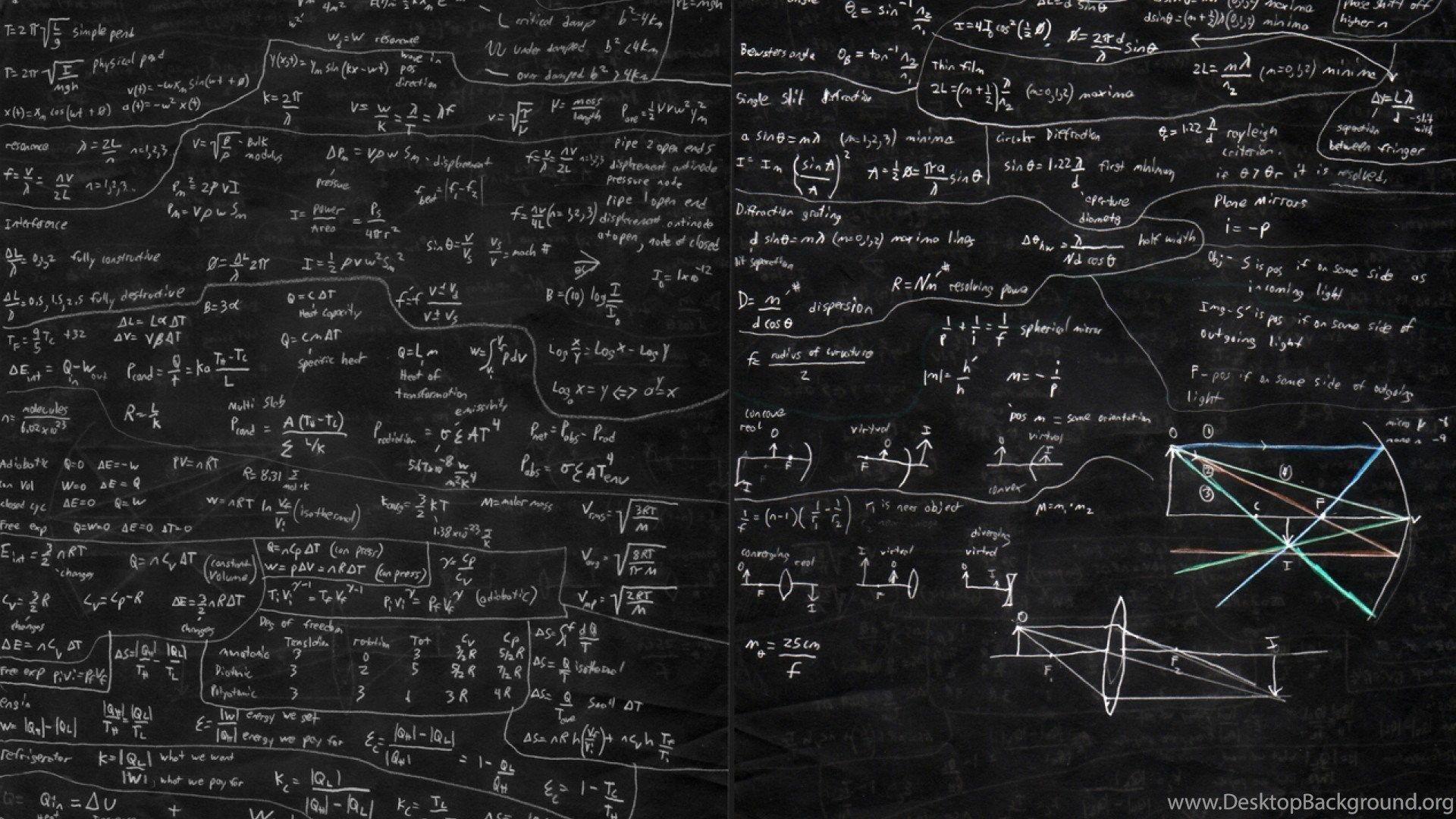
How Technology Is Changing The World
Monday, January 6, 2020
How Technology Is Changing The Shipping Industry For The Better
The shipping industry has come a long way since the days of the Pony Express and moving products across the vastness of the ocean on enormous sailing vessels. Technology has evolved and advanced over the past couple of centuries, sometimes faster than we can keep up. Here are some ways it's changing the shipping industry.

Trains Are Making a Comeback
While airlines might still be the international transportation of choice for passenger flights, trains are starting to make a comeback when it comes to freight transportation. China, one of the biggest industrial hubs in the world, recently completed an 8,000-mile rail line that reaches to Spain.
Trains fill the middle ground between air freight — which is fast but expensive — and sea freight — which is cheap but slow. Rail freight can make it to its destination in a fraction of the time at a reasonable cost while creating fewer carbon emissions than aircraft.
Diesel Engines Are Becoming Eco-Friendly
Diesel engines, especially those on freight ships, aren't something you usually consider to be eco-friendly. However, growing demand from world governments is pushing companies to cut their carbon emissions while still moving freight from port to port.
Traditionally these freighters would utilize the largest engine they could get their hands on, usually paired with a propeller-type propulsion module. As technology has advanced, it's become increasingly clear that these engines are not one-size-fits-all, and ship owners are making the smart decision of choosing the right size to fit their watercraft. This shrinks their carbon footprint and lengthens the lifespan of their engines.
Drones for Last-Mile Deliveries
The rise of e-commerce has made last-mile deliveries part of life, but that doesn't mean they're the best option. In fact, they tend to be incredibly costly and inefficient, making up more than half the cost of delivery, according to industry experts.
That is why so many companies have started working toward automating this portion of an order's journey by turning the very end of the delivery over to autonomous drones. Amazon claimed to have drones ready to start deliveries 'within months' during a July 2019 showcase. While we haven't seen these appear, it likely won't be long before same-day delivery by drone becomes commonplace.

Everything May Drive Itself Soon
The average driver might be looking forward to owning a self-driving car for their daily commute, but they aren't the only ones who will be taking advantage of advancing autonomous technologies. With more than 65% of the country's products delivered by truck and an expected driver shortage of as many as 174,500 by 2024, autonomous vehicles will likely be the best tool possible for improving delivery efficiency.
While there will likely always be some tasks better accomplished by human drivers, autonomous vehicles could pick up some of the slack and help keep the economy moving forward.
Looking Forward
It might be fun to look back fondly on the days of massive sailing ships and the Pony Express, but without the technology we have today, the shipping industry would never be able to keep up with ever-growing demand. These technologies and others will continue to shape the shipping sector for years to come.
Maps have changed over the years and so has how we use them. What used to be a final product is now an ever-changing data set, which has put map-making in the hands of everyone.
“The world is divided into two types of people, those who love maps, and those who can’t understand why people love maps,” Christopher Lane, owner of The Philadelphia Print Shop West, said. He has been selling antique maps for almost four decades.
“When you get an antique map and you actually look at it, it opens up the world in a way that today’s maps don’t,” Lane said. “They show the state of knowledge, or belief at least at the time.”
He’s watched as we went from pulling out folded maps to find our way, to pulling out phones. Phones now give us constantly updated direction in the palm of our hand.
“The maps today that most people interact with are very much linear,” Lane explained. “You’re going somewhere and your map shows you your route as you go.”
This shift has impacted two particular industries -- cartography, the science of drawing maps, and GIS, or geographic information systems.
“We thought of maps as documents, as a finished product,” Dr. Barbara Buttenfield, a Research Cartographer at the University of Colorado, Boulder and a former president of the American cartographic Association, said. “Now what we think of is a map as an information refinery.”
One study done by Prescient & Strategic Intelligence Market Research shows the value of the global GIS market. They predict the industry is worth about $10.8 billion in 2018, but that number is expected to rise to $19.7 billion by 2024.
“Anybody can make a map, anybody can use it, and anybody can add information to it or publish it on the internet,” Dr. Buttenfield said.
“Today we do everything digitally,” Tom Neer with Digital Data Services, Inc. Said. “The industry hasn’t actually changed that much. It’s the tools that we use for that.”
Neer explained that the industry has moved away from specialized programs, and toward web applications that anybody can use. These tools have allowed mapping to become more interactive.
“Google is tracking you as you drive to and from work, and can actually tell you based on all the other data their collecting, where traffic is bound up,” Neer explained. “That was impossible 20 years ago, to crowd source all that information.”
While more data is being poured into digital maps, some have raised concerns that more data is coming out.
“I’ve just told something to a lot of companies that are paying attention to where I go and what I do,” Dr. Buttenfield said. “I think a lot of people are concerned about that.”
“Anytime you’re using new technology, if you don’t know what the product is, you need to assume that you are the product,” Neer said.
As of 2015, 90 percent of adult smartphone users use their phones to get directions or other information relating to their location, according to Pew Research.
“The technology is going to continue to advance,” Dr. Buttenfield said. “I would encourage people to not be fearful of it, to embrace it.”
As technology advances, Lane believes people can still find value in traditional maps. “I think these bigger maps just open up the world in a way that people are losing today,” he said.
“As a traditional cartographer, if there was one downside, it’s the art seems to get lost,” Neer said.
Copyright 2020 Scripps Media, Inc. All rights reserved. This material may not be published, broadcast, rewritten, or redistributed.
One question on the horizon for the tech world is whether we’re losing touch with how technology affects us. The biggest change that we have seen has been the ease of communication.
That’s why the technology industry so greatly benefits from a global economy built on international business. Because of the global flow of information, it makes it easier to make connections, because you don’t even need to make new physical connections at a time for things to work, because we really have instant connectivity of information.
On the other hand, now we seem to be stuck with more digital and less face to face interactions at the workplace. It’s not a huge shift, but it’s not good. This means that in order to create the kinds of communication we need to have, we’re having to go back to the old way of doing things.
And because it’s so easy to do so much more, it’s easy to do it a lot less. If you want to be a real boss now, don’t be a technophobe. The main thing to do, though, is to not focus only on the things you use, but also think about the things you don’t. I think that’s really the best part. You really don’t have to be perfect for a job anymore. A lot of people go to their jobs in their spare time, or work from home, and the reality is that a lot of people’s time is also being wasted by their boss — that we’re all in it together, and we’re all the same.
